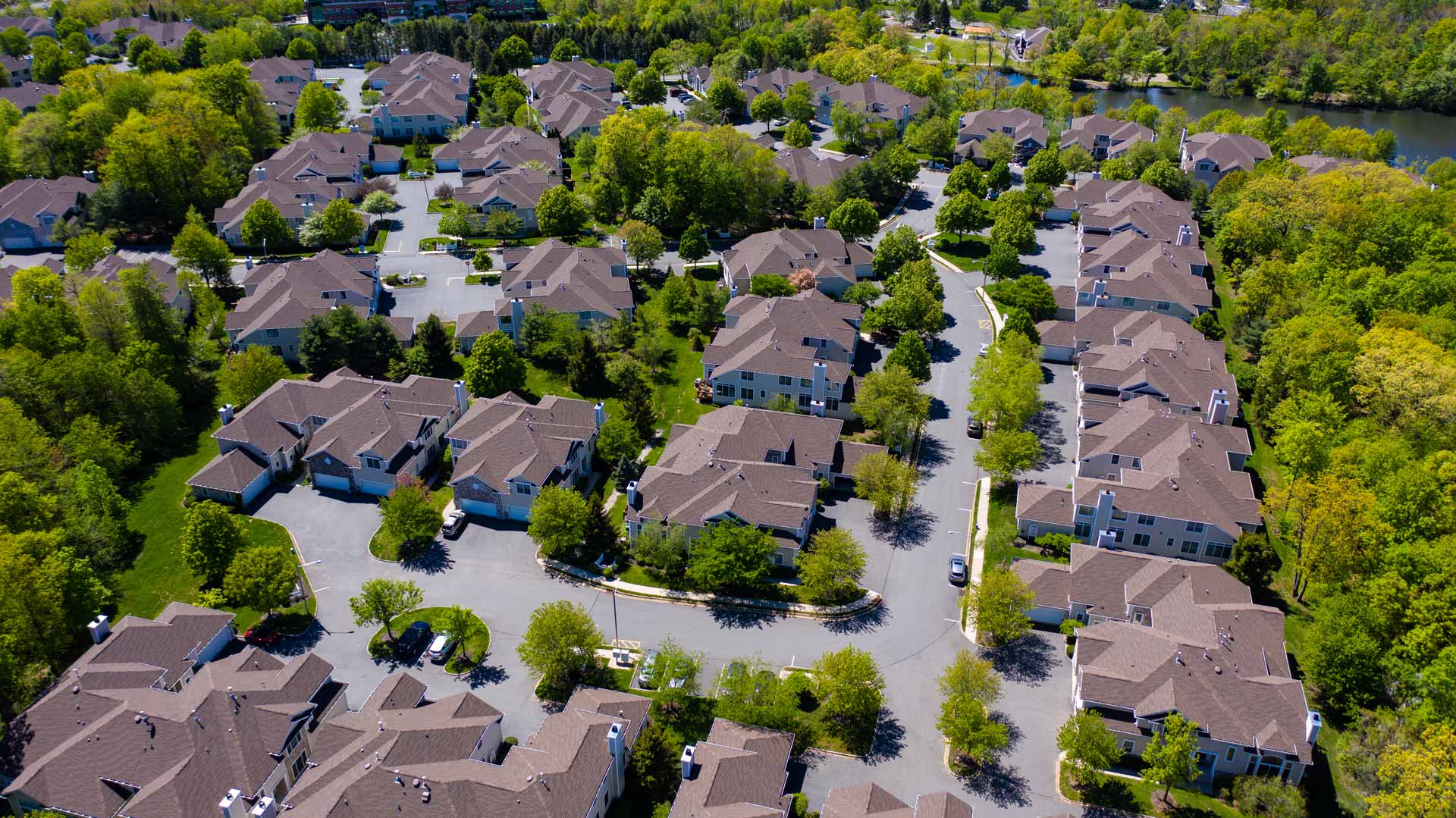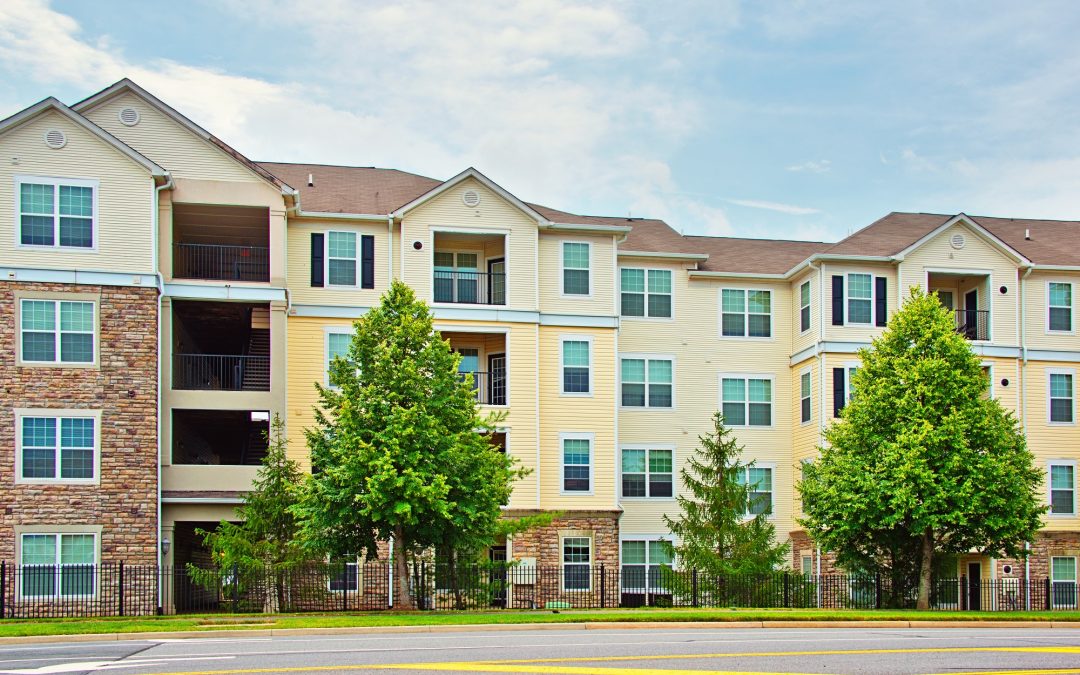There are approximately 328,500 community associations in the US and that number is growing fast. With all of these community associations forming, it’s vital to consider one of the most crucial processes related to their success: Transition. Community transition is the process that begins when a Developer chooses to construct a community association and it continues to the point in time when the Developer has no more seats on the board and all of the homes are sold.
The purpose of the transition process is to provide a mechanism to turn over the community to the new homeowners as they move into the new community. During the transition process, the developer establishes a homeowner association and eventually the association takes control of the community. While the process is often a smooth one, there are some noteworthy risks and best practices that may impact its success. In fact, Kipcon’s founder Mitch Frumkin, PE RS was part of the task force that drafted the best practices document for the transition process, commissioned by The Foundation for Community Association Research. You can review this document here.
Today we’re exploring the key considerations that accompany the transition process, the risks that can arise, and the tools community associations can utilize to make their transition a successful one. We also look at this process as the time when the new association is looking to set in place best practices to maintain their property values while at the same time keeping their buildings structurally safe for many years to come.
Understanding Community Association Transition Process Risks
There are a few common risks that may accompany the community transition process. Proper planning and expectation setting can help to mitigate these risks, but it’s also vital to understand them in order to avoid them as well. One risk is that the community will end up in litigation. Litigation may result from issues like construction defects and budgeting issues related to improper construction or inadequate reserves.
Deficient construction, a lack of coordination between the design and the budget, quantities that don’t match drawings, and maintenance that isn’t adequately funded can all lead community associations to enter litigation if the issues cannot be resolved otherwise. While avoiding litigation is often an association’s preference, there are other steps that associations can take before and during the transition, to assure the process moves smoothly.
The Role of Transition and Reserve Studies In the Transition Process
When navigating the process, there are two studies that can support a successful transition. A reserve study is a budget planning tool that establishes a funding plan. This funding plan offsets future major common area replacements. A transition study identifies areas that are not in general conformance with the design documents, architectural plans, engineering plans, or other specifications. The transition study also identifies areas with poor workmanship.
Budgetary considerations are often related to the Reserve Study. So, it’s important that the numbers in the reserve study are as accurate as possible since this will allow the association to properly maintain the community. To learn more about the reserve study process, or to request a reserve study for your community, click here.

Reserve studies can also provide proper budgetary planning for the community association as they monitor the structural adequacy of their buildings. In fact, more and more, the best practices of the industry are moving toward ensuring a community is safe to live in by establishing periodic inspections as the building ages. There is even pending legislation regarding periodic inspections and reserve requirements that ensure the ongoing structural integrity of communities. CAI recently released a new set of Public Policies relating to Reserve Studies and Building Safety which can be found here
From best practices to potential legislation, these actions are designed to ensure that a community, once built, can maintain its value in the future.
Final Notes on Navigating the Community Association Transition Process
As you move through your community’s transition process, make sure you objectively review things and do your due diligence as a new board to ensure success in moving beyond the transition.
While challenges may arise, keeping an objective perspective is key, as is using litigation only as a last resort and making the most of your transition and reserve studies.
Learn More About the Transition Process on July 27th!
If you’re interested in learning more about the transition process, you can review the Transition Best Practices here.
Kipcon’s founder Mitch Frumkin will also be leading a live webinar on this topic on July 27th.The webinar includes key insight for community managers.
You can register for the webinar here. We look forward to seeing you there!

